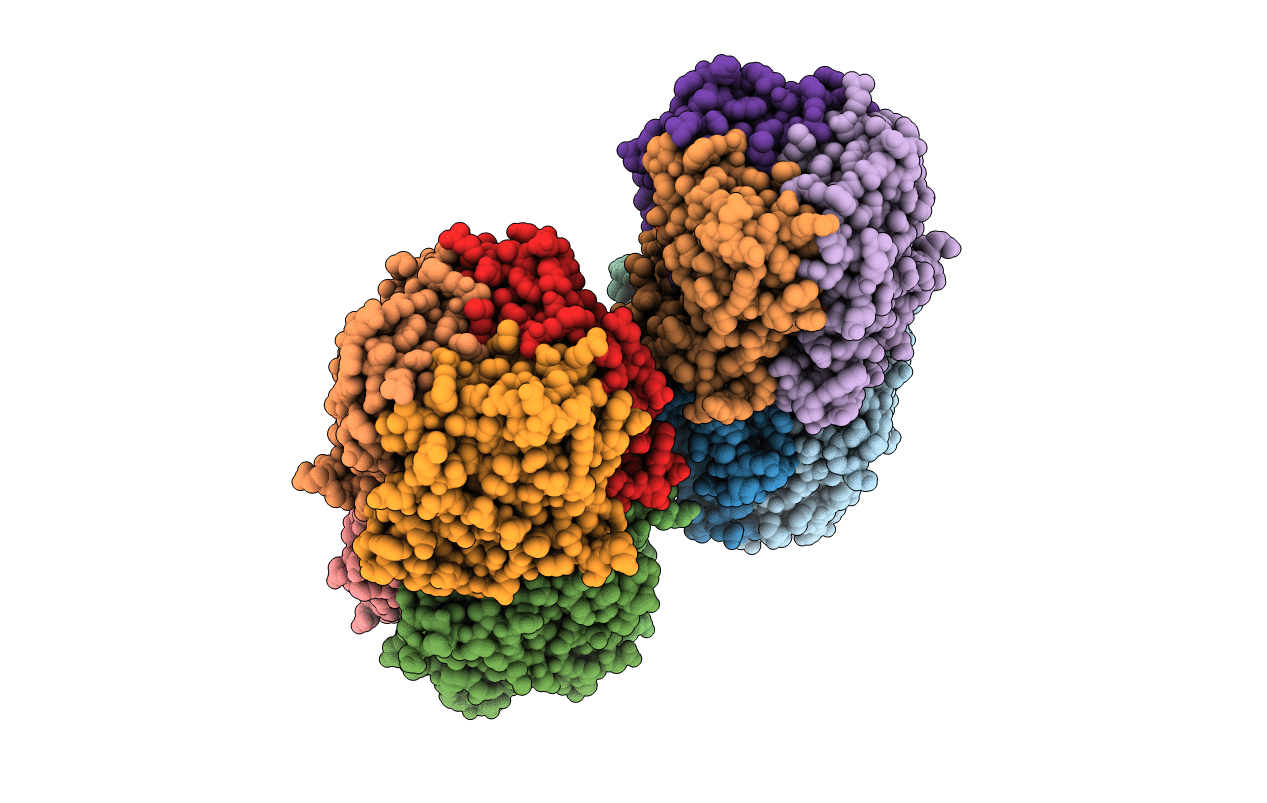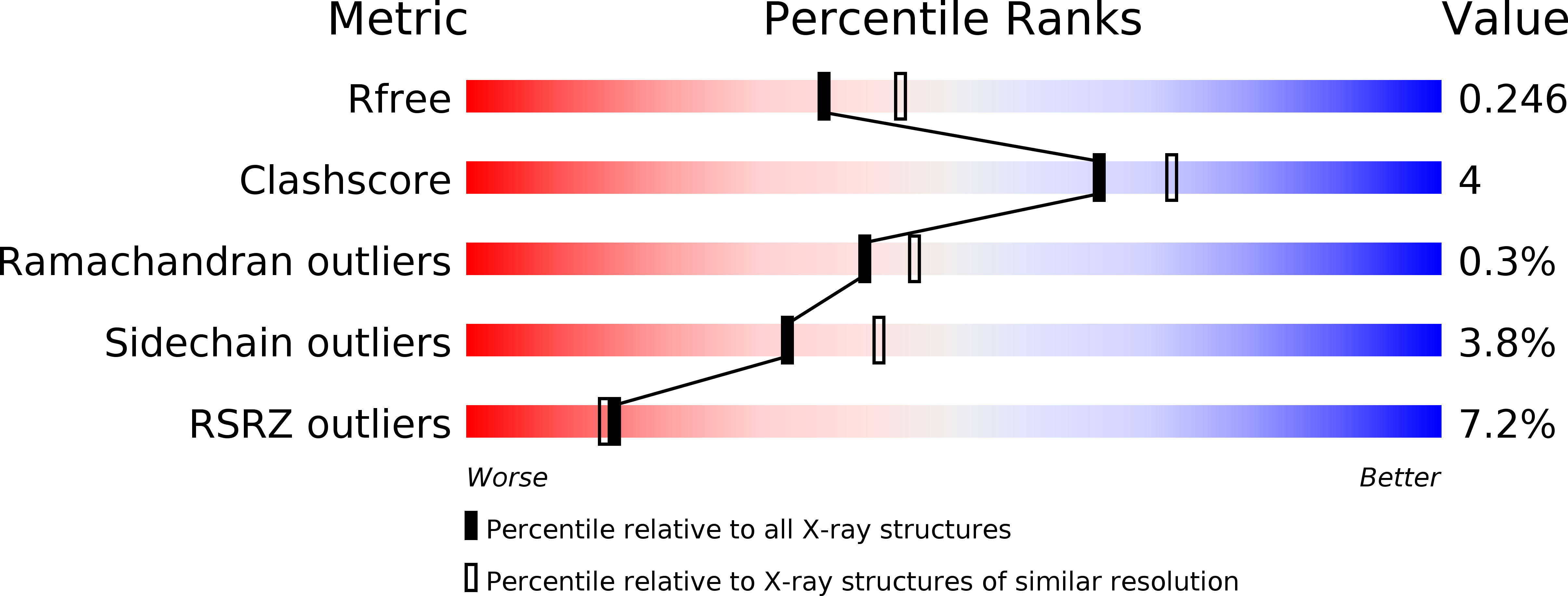
Deposition Date
2007-08-28
Release Date
2007-11-20
Last Version Date
2023-12-13
Entry Detail
PDB ID:
2V9X
Keywords:
Title:
E138D variant of Escherichia coli dCTP deaminase in complex with dUTP
Biological Source:
Source Organism:
ESCHERICHIA COLI (Taxon ID: 562)
Host Organism:
Method Details:
Experimental Method:
Resolution:
2.20 Å
R-Value Free:
0.23
R-Value Work:
0.20
R-Value Observed:
0.20
Space Group:
P 21 21 21


